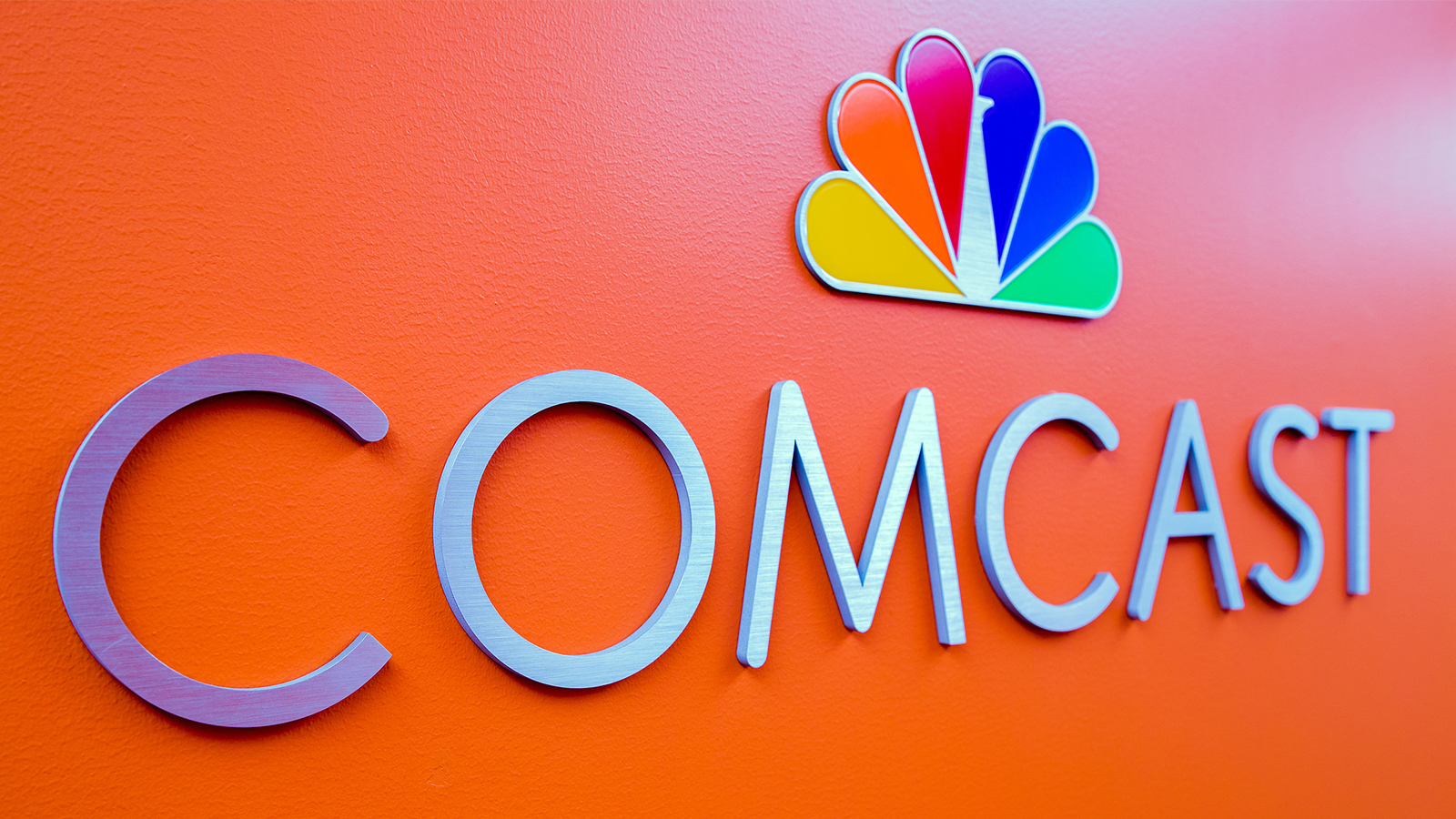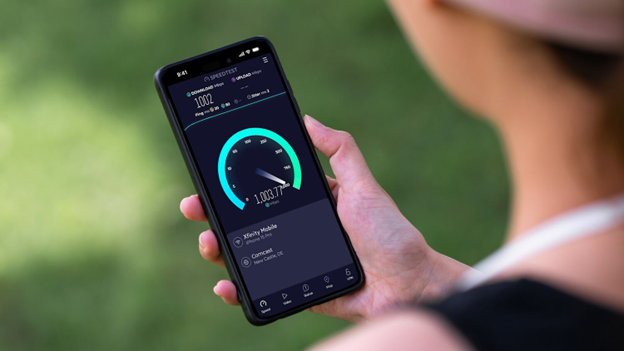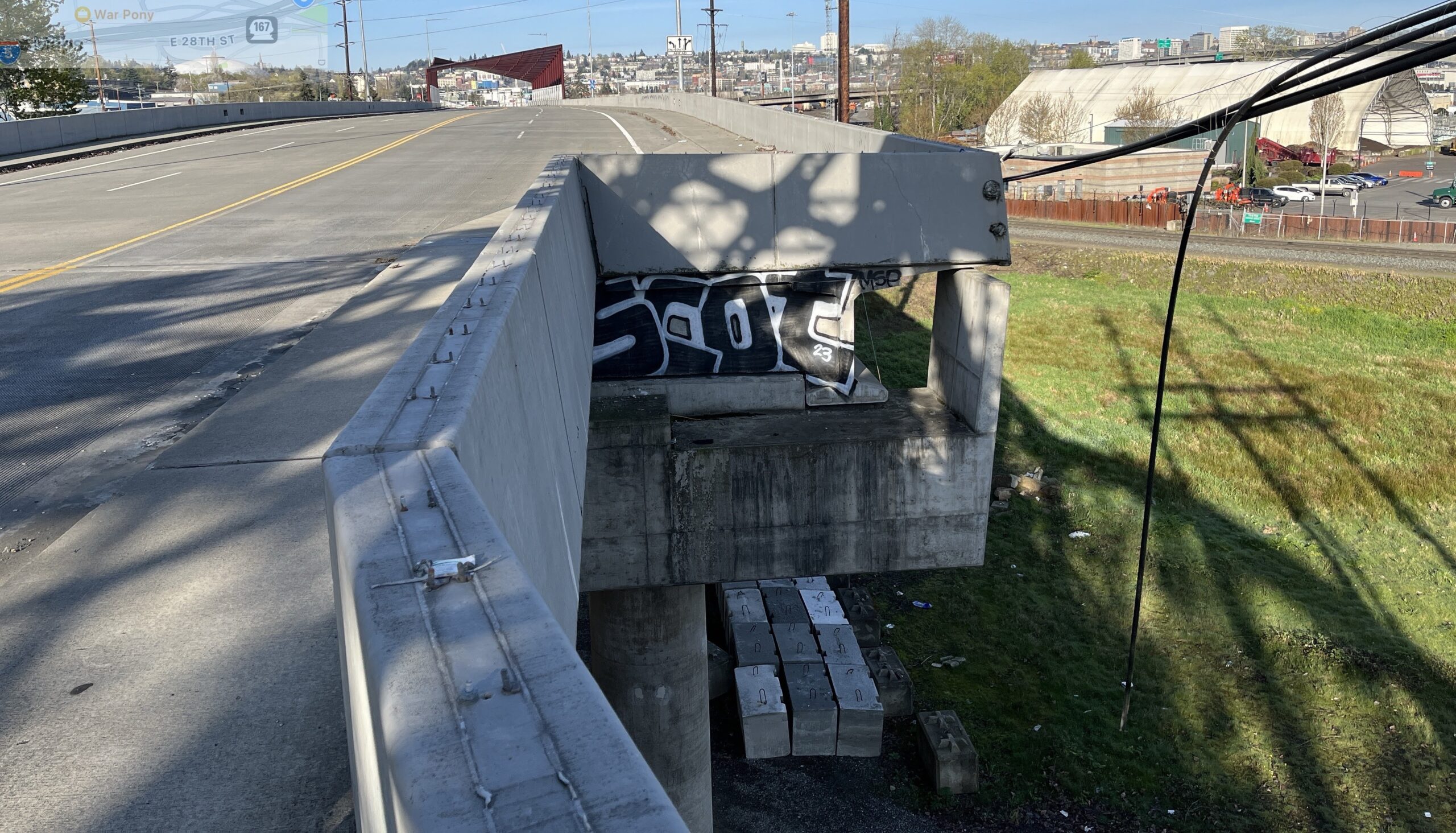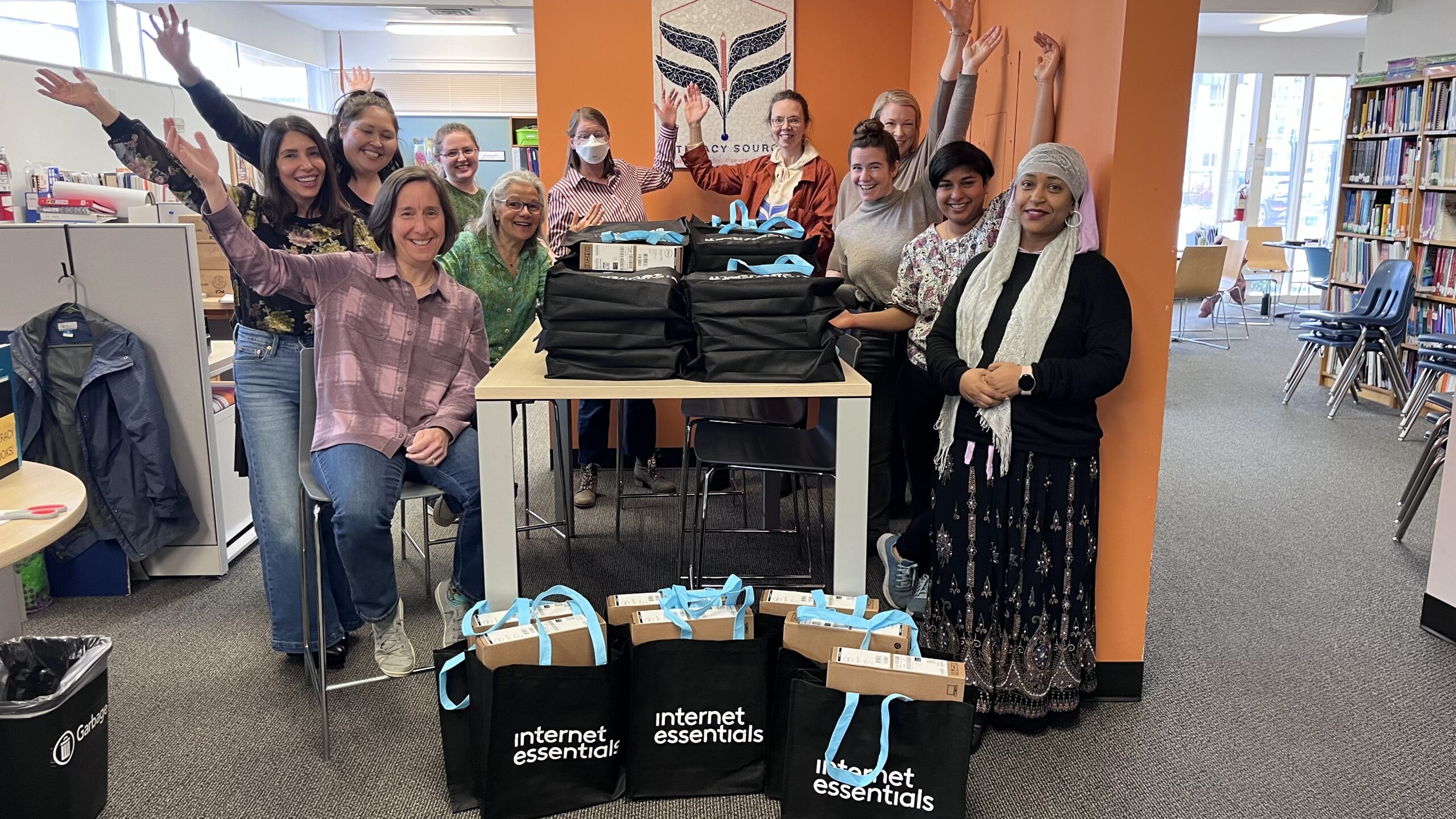If this is your first time visiting this site, please visit our general overview page about Comcast Newsmakers.
Here are some commonly asked questions and answers about Comcast Newsmakers in Western Washington.
“Who hosts Comcast Newsmakers in Puget Sound?”
The host is Sabrina Register. She is an award-winning journalist with more than 17 years’ television experience. For more than a decade, she has told stories and interviewed fascinating people while working in newsrooms in Seattle. Prior to her successful television career, Sabrina attended Vanderbilt University where she majored in political science. In her free time, Sabrina likes to bike, run, travel, cook, and read. Her favorite activities include anything with her husband and two children.

“What is Comcast Newsmakers?”
Comcast Newsmakers is a professionally produced four-minute interview segment that is seen online and through Xfinity On Demand, as well as sometimes during CNN Headline News.
As a Comcast Newsmakers guest, you’ll work with our producer to identify the subject you wish to discuss. Portions of your interview may be used to promote Comcast Newsmakers. Upon arrival, you will have plenty of time for a pre-taping discussion with the host and other preparation; total time should not exceed forty-five minutes.
“How can someone from my group appear on Comcast Newsmakers?”
Because of the public affairs nature of the segment, guests must be invited. If you are an elected official, please contact the Comcast government affairs representative in your area. If you represent a nonprofit group or other public-oriented cause, please fill out this web form.
MOST FREQUENTLY ASKED QUESTION:
“Can we have more than one guest on the program?”
No. To keep that streamlined look, we welcome one guest per segment. If other people accompany the guest, they are very welcome to watch the filming from our ‘green room.’
“How long will the filming experience take?”
You should allow about 15 minutes for a pre-taping discussion with the host and other preparation; total time at our studio should not exceed forty-five minutes.
“Should I arrive early?”
You can arrive at the time of your appointment. There’s no need to arrive early. We allow plenty of time during your appointment for everything that needs to happen. However, if you are running ahead of time, you are certainly welcome to arrive earlier (though you might want to make sure you are not the first appointment of the day).
“I’ve been given times to pick from. Can I come by anytime?”
Please do not arrive unless your appointment was confirmed, usually by email. Because we film several segments on filming days, we ask you to pick a particular time in advance, usually from several options. Please do not arrive unless you have a confirmed time with us.
:What is the potential audience?”
All segments have a potential audience of about 1 million homes throughout Western Washington.
“What does it cost me?”
Comcast Newsmakers will educate viewers as a public service; there is no charge to our guests.
“What does Comcast expect in return?”
We provide Comcast Newsmakers as a public service, but it helps us to know that the service is of value to you. We appreciate any recognition of this service that you feel is appropriate. If you do tell people about the segment in, for example, a newsletter, we would appreciate a copy.
“What should I wear?”
Please avoid wearing white, very light or bright, vibrant colored shirts, jackets or tops, as they do not show well on TV. Muted earth tones, pastels, and grays look best. If you plan on wearing a tie, we suggest you choose a solid or simple striped pattern. Tight, repeating patterns (like herringbone or paisley) are not encouraged.
“Can I bring props?”
We welcome the use of set pieces or props, provided they fit within the confines of our set. A prop should also enhance the credibility of the guest. If you have any questions about the suitability of a prop, please check in advance with the Comcast employee who is helping you arrange your appearance.
“I’m nervous; I’ve never done TV, or have felt uncomfortable in the past when being filmed.”
We are committed to making your Comcast Newsmakers taping a positive experience and would be happy to answer any questions you may have once you confirm your availability for taping. You will find that our crew has experience in putting people at ease.
“Can you put a phone number or URL on the screen so viewers can get more information?”
Yes. We will show your name or your guest’s name, title and group’s phone number and/or Web site URL of reasonable length. Please supply that information when we book you so we can have the material already typed in and don’t have to bug you on the ‘day of.’
“After we schedule a day and time for the filming, what information do you need from me?”
We need:
Your name (or the guest’s name) as you wish it to appear on the screen.
Your title and name of your organization (please remember there is a limited amount of space on the screen)
A phone number and an email address for you.
A phone number and/or URL that you’d like to have on the screen for viewers who want more information.
Any brief and to-the-point materials that you would like our host to read in advance of the interview. Please don’t worry about this too much. Our host will speak with you when you arrive and discuss the filming with you.
“Can you show footage of our program during the segment, such as people enjoying an event or engaging in an activity?”
Yes, and in face we very much would like to liven up your segment with such footage or even still photos. Bring materials with you on the day of filming.
B-roll & Still Photo Guidelines for Comcast Newsmakers:
Still photos should be in a digital format that can be emailed, burned to a CD or transferred to a flash drive during a shoot. Do not bring photos on paper.
The most common still photo format is JPEG. The minimum file size should be 300 kb. Some people might use TIFF files or bit maps, and those are fine. We want to avoid RAW files because they come in much higher resolutions than we could possibly use and will require additional editing.
Video footage can come in a variety of formats. The preferred delivery method is a digital file – a Quicktime, an MPEG, a WMV, and an AVI are the most common formats.
If a guest wants to give us a file in a different format, we can take footage from DVDs and DV (or DVCam) tapes. We can take footage from a VHS, but it will take extra transfer time and typically looks very poor when broadcast. Other formats, like Beta, will have to be transferred outside our production house. The contractor that produces these segments dropped most analog video formats a few years ago.
Video Guidelines:
Ideally, video footage is shot from a tripod so it’s not shaky or moving too much. If it is handheld, there should be as little movement as possible, and the audio shouldn’t be too loud on the video, i.e. if the person is shooting a car engine, they’ll want to adjust the microphone slightly lower to accommodate the extra noise.




